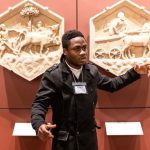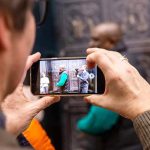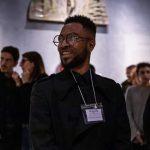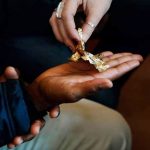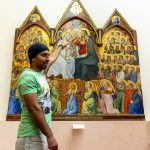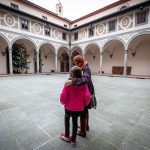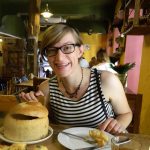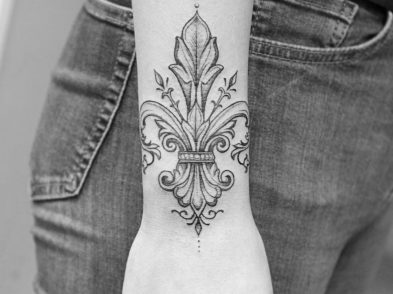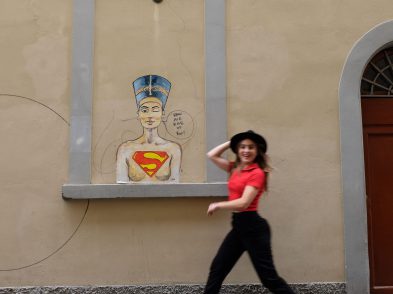At the height of tension between the Italian government and the European Union over the steady stream of refugees arriving on the continent, stories abound of a country grappling with the influx of these peoples and their cultures. Social inclusion is a hot subject at this time, which is why a group of museum educators in Florence have launched a project to valorize the refugees who pass through their doors, giving them the opportunity not only to tell their stories but to feel a sense of inclusion and engagement in a setting that is often hostile to their presence.
AMIR / Accoglienza, Musei, Inclusione and Relazione (Reception, Museums, Inclusion and Understanding) is a joint project overseen by the Municipality of Fiesole, Municipality of Florence, Associazione Mus.e, Istituto degli Innocenti, Fondazione Primo Conti and Stazione Utopia (the cooperative that manages educational activities at the Opera del Duomo Museum). Launched in September 2018, the project offers the chance for foreigners—some of whom are long-time residents, while others are refugees—to lead visits through some Florence and Fiesole’s principal museums.
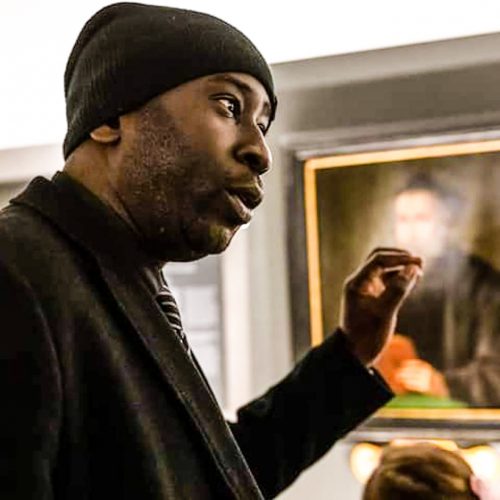
A migrant explains an artwork as part of the Amir Project tours around Florence and Fiesole museums. Ph. Amir Project
Chiara Damiani, of Stazione Utopia, spoke with The Florentine about the idea of providing a potentially controversial activity, explaining how the spark for AMIR derived from the desire to “find a way for foreigners to be able to visit our museums as well as training them so they can lead guided tours, essentially transforming them into active stakeholders in narrating our cultural patrimony.” Cultural heritage, Damiani says, isn’t ours just because we’re Italians, Europeans, westerners; on the contrary, it is a part of all our histories, and AMIR’s organizers believe that international guides can offer just as much insight into museum collections as an Italian guide can. The project has not been without controversy as some were quick to accuse the organizers of detracting from Italians and the Italian experience. Fortunately, Damiani explains, the municipalities and region believed in the project and defended it in the face of any pushback.
The project, backed and funded by the Region of Tuscany and the Fondazione CR Firenze, received more than fifty responses to the call for participants, which the organizers chose not to whittle down, feeling that representation and experiences were an important contribution in the beginning stages. Participants subsequently attended several days of training to receive an overview of the rapport between heritage and immigrants, discussing historical, artistic and symbolic themes connected to non-European cultures.
AMIR comprises two components, guided tours and workshops, which have been running a few times a week since December 2 at the Bandini Museum, Primo Conti Museum and Archaeological Area and Museum in Fiesole, and the Museo degli Innocenti, Opera del Duomo Museum, Palazzo Vecchio and Museo Novecento in Florence. In evaluating the success of the program to date, Damiani expressed satisfaction not only because the visits and workshops have been well received among Italian and foreign visitors but because she, her team and the staff at the participating museums have learned much more than they predicted.
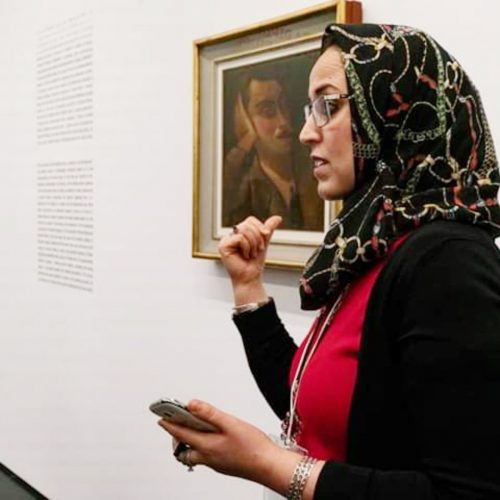
“Another element that this project shines a light on is that it constantly offers new perspectives, even for those overseeing it,” Damiani explains. “We’re used to grouping people together because it’s easier; we associate them with abstract categories. So, we think Africans, North Africans, are Muslim. But many are actually Christian; they’re Evangelicals. Things are much more multifaceted than we tend to think. This project helps us deconstruct many meanings, prejudices and preconceptions.”
During each visit, the guides ultimately tell their own stories, speaking to the public about how they came to be in Italy and their lives here, which in turn encourages visitors to see that immigrants are not the mass threat politics often makes them out to be.
The experience has proven popular with the guides as well. Damiani says that through this project, the immigrants come to feel as if they are part of a common, universal history, an entirely different experience than the marginalization they tend to feel. AMIR is an opportunity to feel recognized and valued; it is a time of self-affirmation and the knowledge that they have just as much a right to exist as any European. This can be seen during the workshops especially, a space within which to make use of the creativity and skills they have brought with them from their home country or honed over their years in Italy, providing the opportunity to express their individual identities.
When analyzing the success of AMIR to date, Damiani maintains that such a thing cannot be quantified in numbers. Its triumph, she says, lies in the impact it has on the participants and guides. On a recent visit to the Museo Novecento, The Florentine spoke with two Italian women who had just come from another AMIR visit to Palazzo Vecchio. So moved were they by the experience that they immediately signed up for another. The feeling is mutual.
Find out more about the Amir Project and upcoming guided tours at www.amirproject.com, Amir project دعونا نجتمع في المتحف on Facebook and @amirmuseums on Instagram.
Feb 3: 12 noon Palazzo Vecchio; 3pm Museo Novecento / Feb 10: 3pm Museo degli Innocenti / Feb 23: 3pm Museo dell’Opera del Duomo / Feb 24: 11am Bandini Museum (Fiesole)

